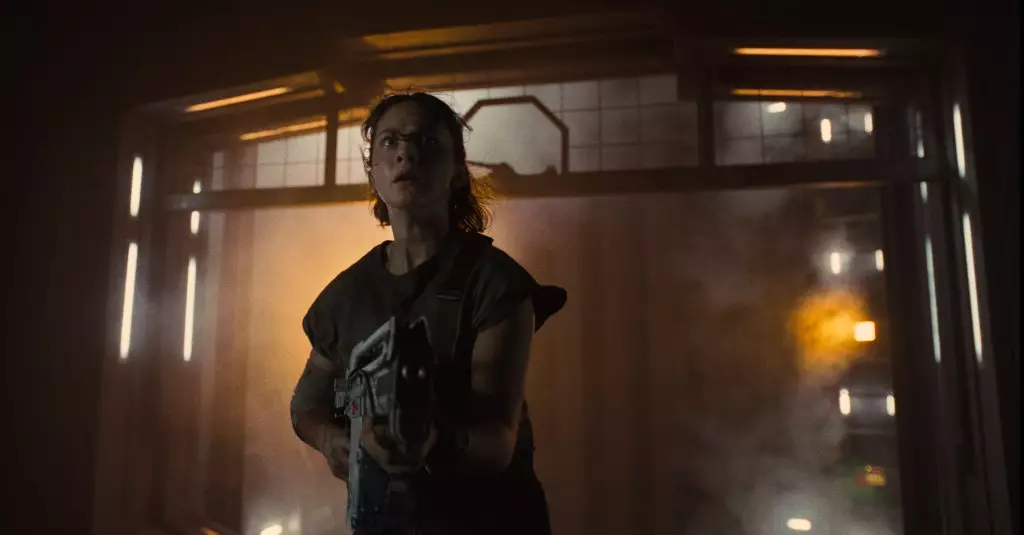During the Alien: Romulus panel at Comic-Con, director Fede Alvarez excited the crowd by offering a sneak peek of the millennial take on the classic Ridley Scott franchise. The footage showcased a red-lit alien lab-incubator area with baby aliens emerging, reminiscent of a scene from Star Wars. However, the film takes a bold step by introducing a character getting her chest burst by a baby alien in the midst of a spaceship taking off. This daring move signals a departure from the conventional storytelling of the previous Alien movies and hints at a darker and more intense narrative.
Alvarez’s decision to cast fresh faces in Alien: Romulus is a deliberate move to distance the film from its predecessors. By choosing actors like Cailee Spaeny and David Jonsson, the director creates a sense of unpredictability and tension, emphasizing that no character is safe from the horrors of the alien world. The inclusion of a synthetic character played by Jonsson adds a layer of complexity to the story, drawing parallels to Michael Fassbender’s iconic portrayal in the earlier films. This shift in casting reflects Alvarez’s commitment to reinventing the franchise while staying true to its core themes of survival and sacrifice.
One of the key themes in Alien: Romulus is the exploration of siblinghood and human connections in the face of danger. Alvarez’s decision to name the film after the legendary founder of Rome hints at a narrative focused on familial bonds and loyalty. By delving into the dynamics between characters who share deep emotional ties, the director aims to bring a new dimension to the traditional alien horror genre. The question of whether one would sacrifice themselves for their sibling adds a psychological and emotional depth to the story, elevating it beyond mere survival into a more nuanced exploration of human relationships.
Alvarez’s decision to shoot the movie chronologically presents a unique challenge in maintaining continuity and coherence throughout the filming process. By embracing this method, the director pushes himself and his cast to adapt and evolve with the story, creating a sense of authenticity and spontaneity in the performances. The addition of facehugger masks for the audience at Comic-Con demonstrates Alvarez’s commitment to immersive storytelling, blurring the lines between fiction and reality. This innovative approach sets Alien: Romulus apart from its predecessors, offering a fresh and engaging experience for both new and longtime fans of the franchise.
As a continuation of Ridley Scott’s seminal 1979 film and James Cameron’s 1986 sequel, Alien: Romulus seeks to honor the legacy of the franchise while pushing the boundaries of storytelling and character development. The inclusion of themes such as siblinghood and human connections adds a layer of complexity to the traditional alien narrative, challenging audiences to rethink their expectations and assumptions about the series. With a talented cast, a bold directorial vision, and a commitment to innovation, Alien: Romulus promises to deliver a thrilling and immersive cinematic experience that will resonate with viewers long after the credits roll.


Leave a Reply